Here is a listing of the deadliest, prettiest but poisonous flowers. Find out the signs and symptoms of poisoning and know the part and organs that are deeply affected by bewitching flowers that are very pretty and yet very toxic both to humans and animals.
Overview
Flowers are very enchanting to look at as they are very appealing to the eyes and make any garden attractive. Flowers have a lot of usage from being an ornament, yet behind their seductive beauty lies mysterious toxic waiting to be unveiled. Take a glimpse by knowing this bountiful compilation of the world’s prettiest, deadliest and poisonous flowers.
Nerium Oleander
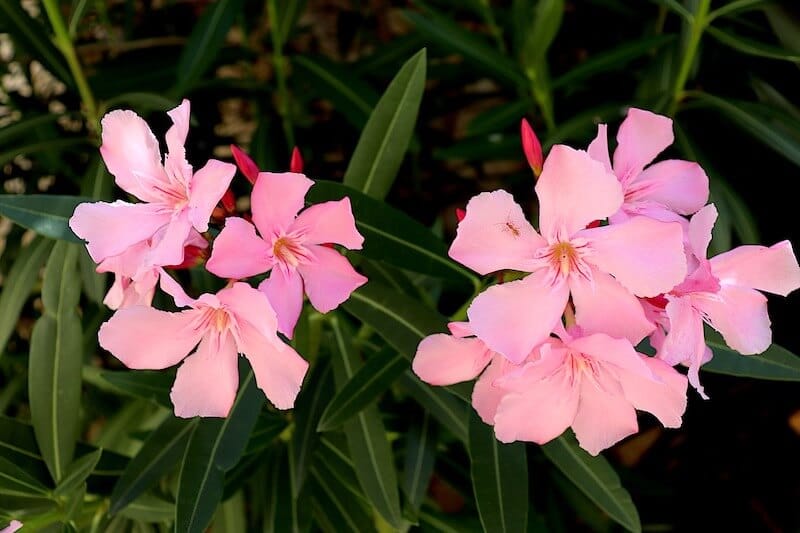
The Nerium Oleander particularly its sap contains deadly toxic compounds of oleandrin and neriine. Ingestion of the plants’ substances in children and adults including animals such as a handful or 10-20 leaves consumed in an adult could cause an adverse reaction, the digestion of a single leaf could be lethal to an infant or child. Symptoms of poisoning include severe digestive upset, heart trouble, contact dermatitis, and in severe cases could be fatal often ended in death.
Castor Oil Plant (Ricinus Communis)
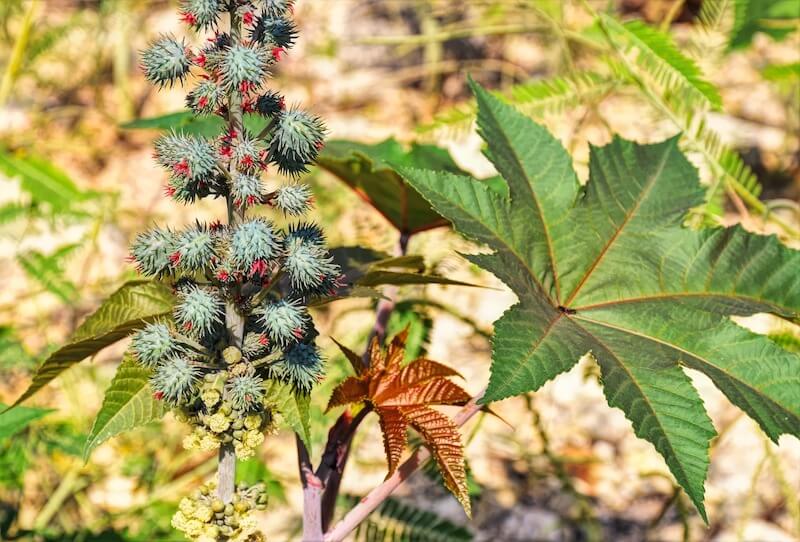
The Ricinus are popularly known as castor oil plants belonging to the species of flowering plants such as Euphorbiaceae. It is typically raised and grown as an ornamental plant in the Southeastern Mediterranean Basin, Eastern Africa, and India. The seeds of the plants are very toxic containing ricin. In 2007, the Guinness Book of World record declares Ricinus as the most poisonous plant. The symptoms of poisoning may felt within 2–4 hours including a burning sensation in the mouth and throat, dehydration, abdominal pain, purging and accompanying bloody diarrhea, low blood pressure, and a decrease in urine. If left untreated it may cause death within 3–5 days.
Poison Hemlock (Conium Maculatum)
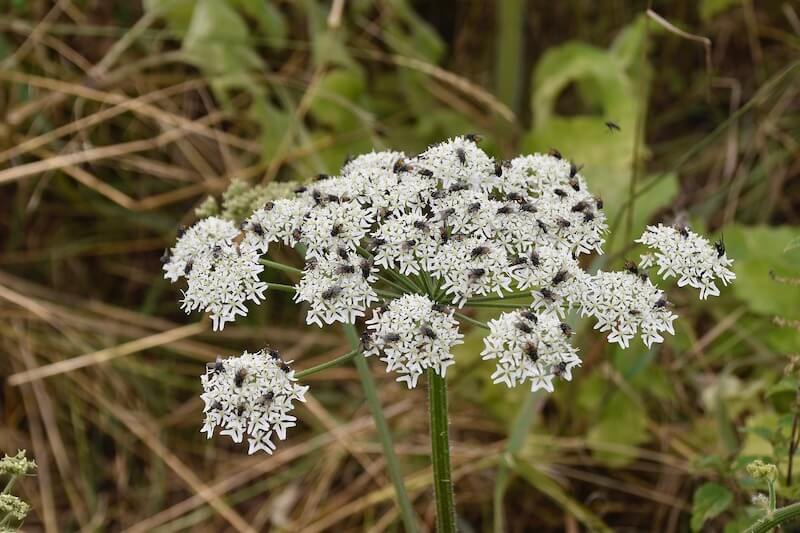
The Conium is also known as Hemlock could cause respiratory collapse and death by blocking the neuromuscular resulting in muscular paralysis due to lack of oxygen distribution to the heart. Ingestion of more than 100 mg of 6 to 8 fresh leaves even in a smaller dose of the seeds or root may be fatal. The philosopher Socrates after being condemned to death for impiety in 399 BC was given a potent infusion of the hemlock plant as a form of the death penalty.
Bloodroot (Sanguinaria Canadensis)
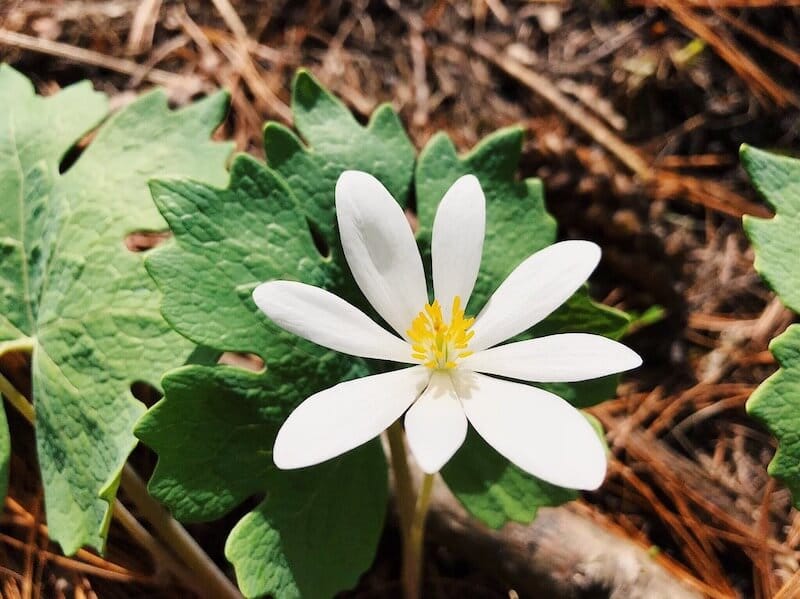
The Bloodroot is popularly known as Sanguinaria Canadensis, bloodwort, red puccoon root, parson, and tetterwort in America and Greater Celandine in Britain. The plant itself contains toxic substances such as morphine-like benzylisoquinoline alkaloids and the toxin sanguinarine which could destroy cells resulting in scabs in skin exposed to the plant substances.
Scotch Broom ( Cytisus Scoparius )
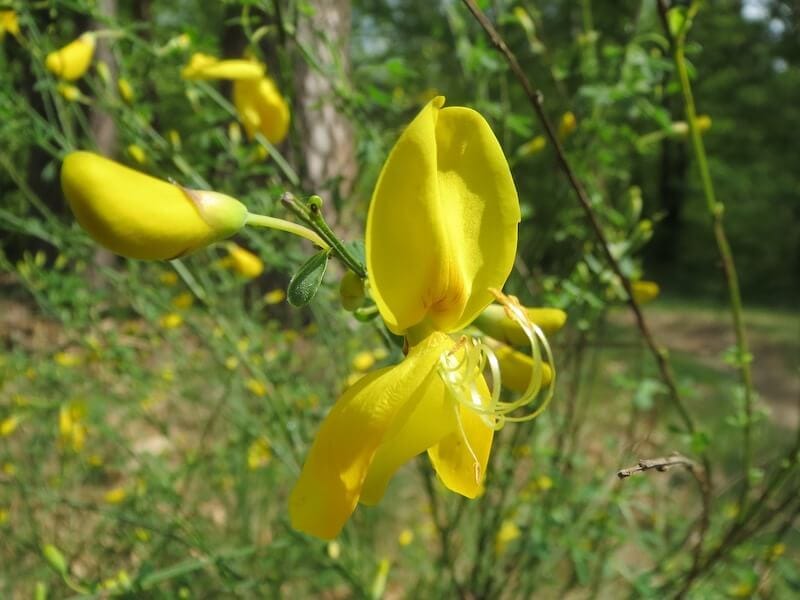
The Scotch broom or Cytisus scoparius is popularly known as English Broom in Britain and Ireland. It is a perennial, leguminous shrub native to western and central Europe. The toxic substance from the plants contains alkaloids that would cause heart palpitation also affecting the nervous system.
Blue Cohosh ( Caulophyllum Thalictroides )
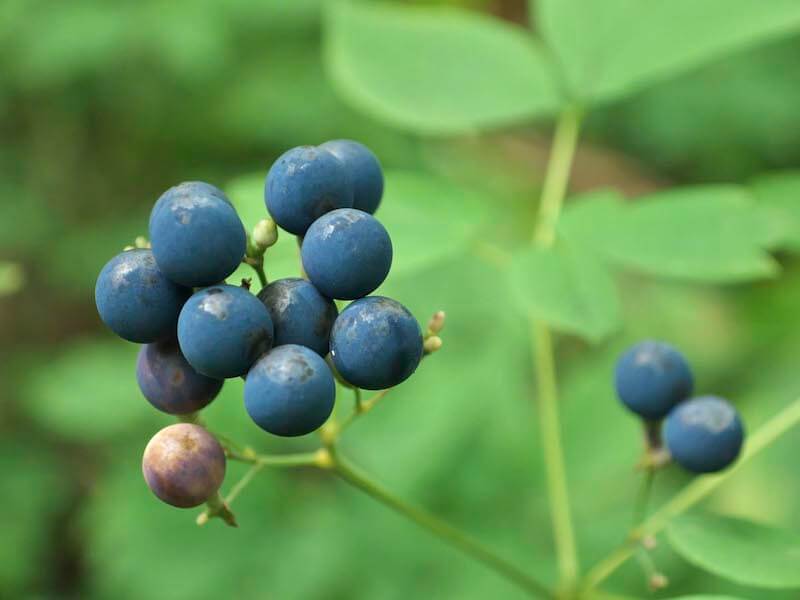
The Blue cohosh or Caulophyllum is a popular medicinal herb by American Indians and use as a dietary supplement that could induce labor, regulate menstrual flow, suppress menstruation, and ease the pain and difficulty that accompany childbirth. It is also used both for abortifacient and contraceptive purposes.
Devil’s Weed ( Datura )
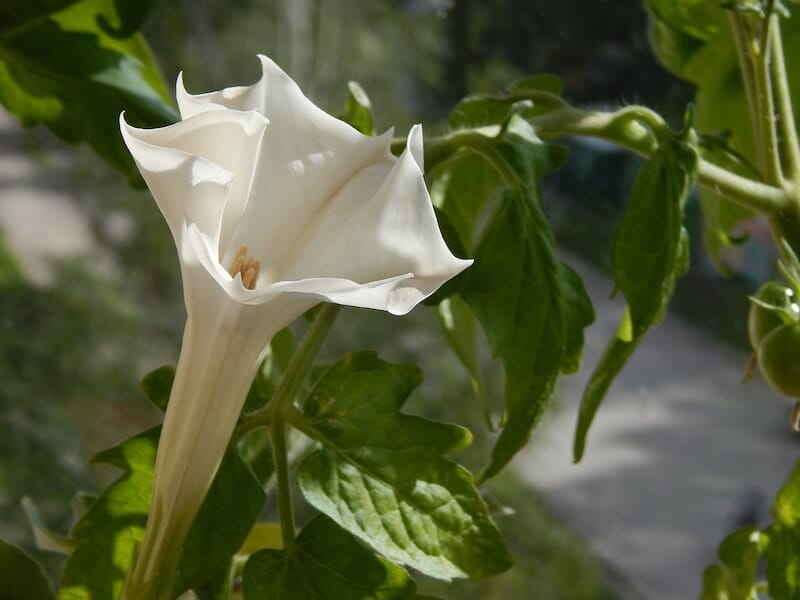
The Datura is also known as witches’ weeds. Most parts of the plants contain toxic hallucinogens which could cause delirium and death. It is also popularly used as an essential ingredient for love potions and witches’ brews.
Larkspur ( Delphinium )
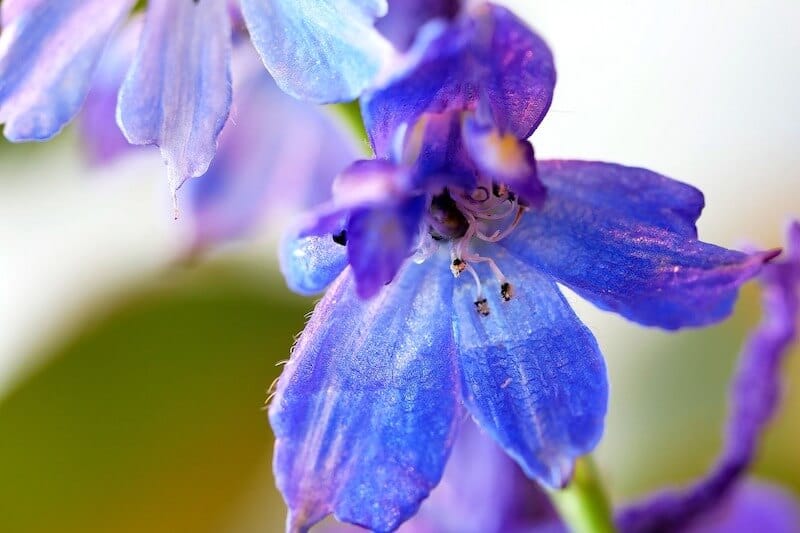
The Delphinium or Larkspur plants contain alkaloid delphinine toxins that cause vomiting and death both in humans and animals. Poisoning results in cardiotoxic and neuromuscular blocking effects. The larvae of some Lepidoptera species including Dot Moth and Small Angle Shades insects who feed on their leaves and flowers seem not affected by its toxicity.
Dogbane ( Apocynum )
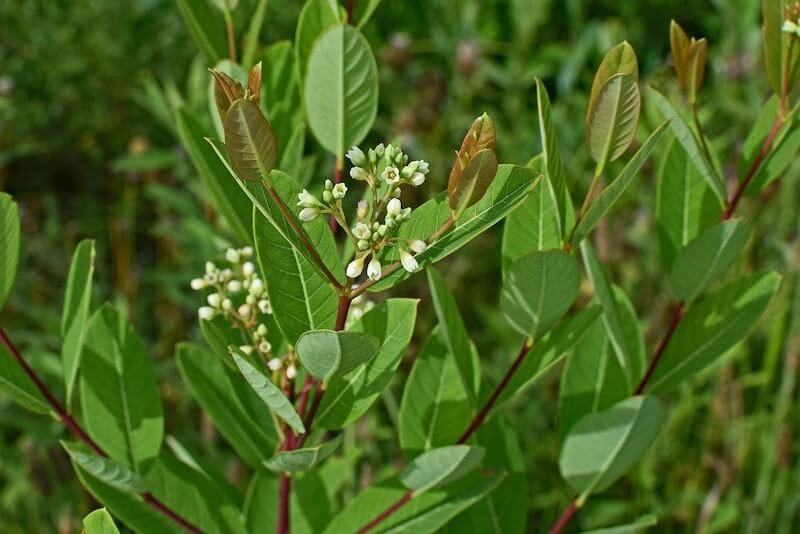
The Apocynum is popularly known as Dogbane and Indian hemp contains cymarin, a cardiogenic toxin that would cause cardiac arrhythmia in humans. It is also used as food plants by the larvae of some Lepidoptera species including Mouse Moth. Some Native Americans used it as a source of fiber while it is popularly known as herbal tea in China.
Pigeon Berry ( Duranta Erecta )
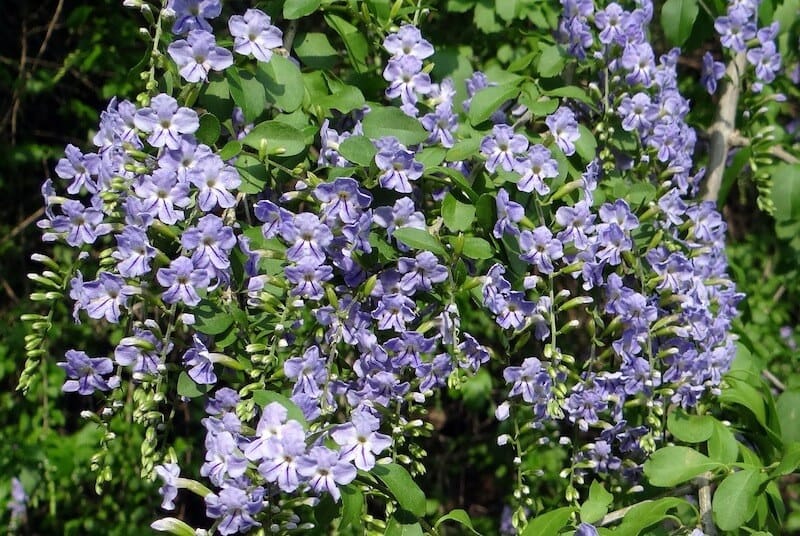
The Duranta Erecta in Australia, China, South Africa, and several Pacific Islands are known as invasive species of plants. It is also known as Golden Dewdrop, Pigeon Berry, Skyflower, and Aussie Gold. Almost all of the parts of the plants including the leaves, barks, and berries could cause death to children including domesticated animals. However, songbirds could eat the fruit without ill effects.
Blue False Indigo ( Baptisia Australis )
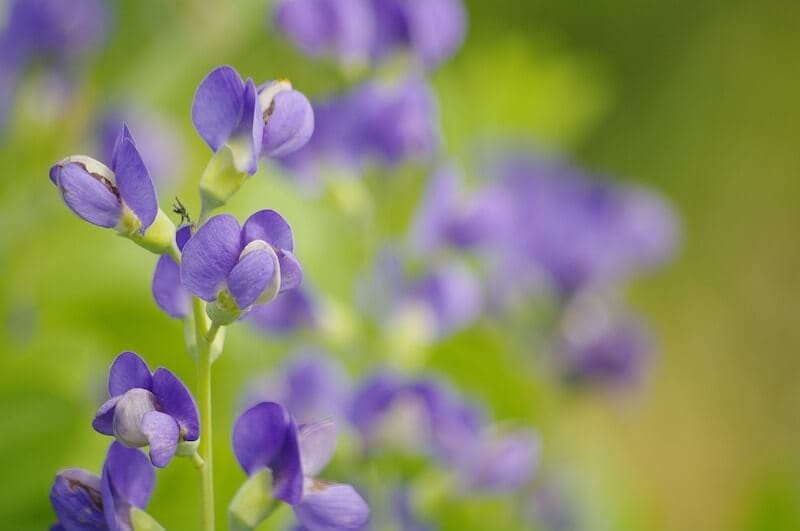
The Baptisia australis is also known as Blue Wild Indigo or Blue False Indigo is an herbaceous perennial belonging to the pea family. The Cherokees used it as a source of blue dye, a practice later copied by European settlers. While the roots could be used as teas, purgative or to treat toothaches and nausea. On the other hand, the plants could be useful as an antiseptic, anti-catarrhal, febrifuge, and stimulant purgative. Baptisia is considered toxic and should not be taken internally when pregnant.
Foxgloves ( Digitalis )
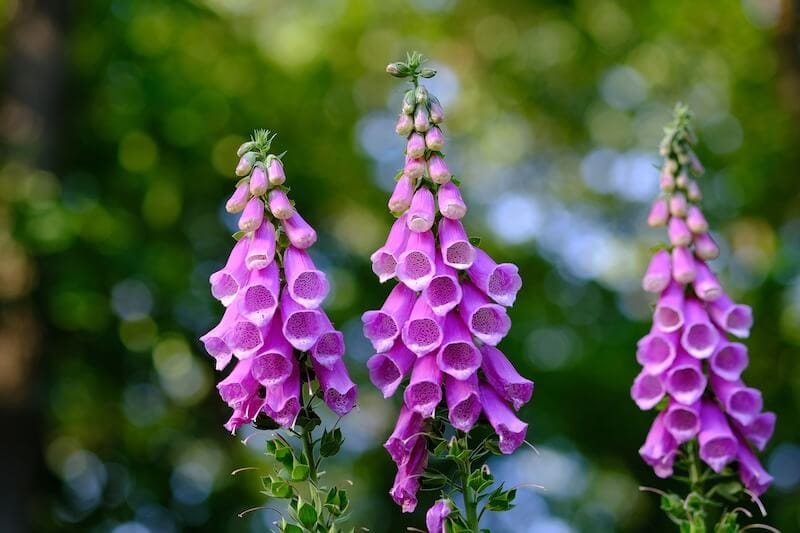
The Digitalis is also known as foxgloves, Dead Man’s Bells, and Witches’ Gloves contains deadly toxic cardiac and steroidal glycosides. most of the plant parts including the roots, leaves, and seeds are consider toxic, particularly the upper stem when nibble could be fatal both in humans and animals. Early symptoms of ingestion include nausea, vomiting, diarrhea, abdominal pain, convulsions, wild hallucinations, delirium, and severe headache. In severe cases, it may affect the normal heartbeat resulting in bradycardia and tachycardia, tremors, various cerebral disturbances, and visual disturbances.
Spider Flower ( Grevillea )
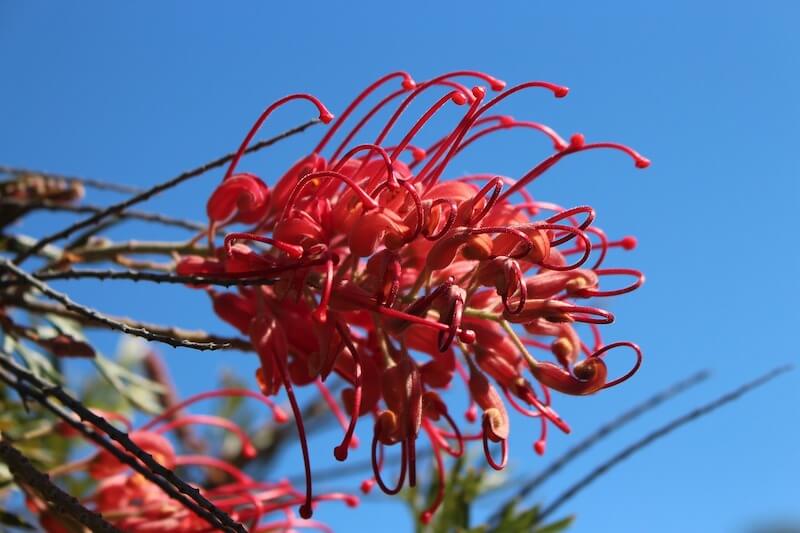
The Grevillea is also known as Spider Flower, Silky-oak, and Toothbrush. Drinking nectar directly from the flower should be avoided even some commonly cultivated Grevillea species produce flowers that contain toxic cyanide that could be fatal often ending in death.
Henbane ( Hyoscyamus Niger )
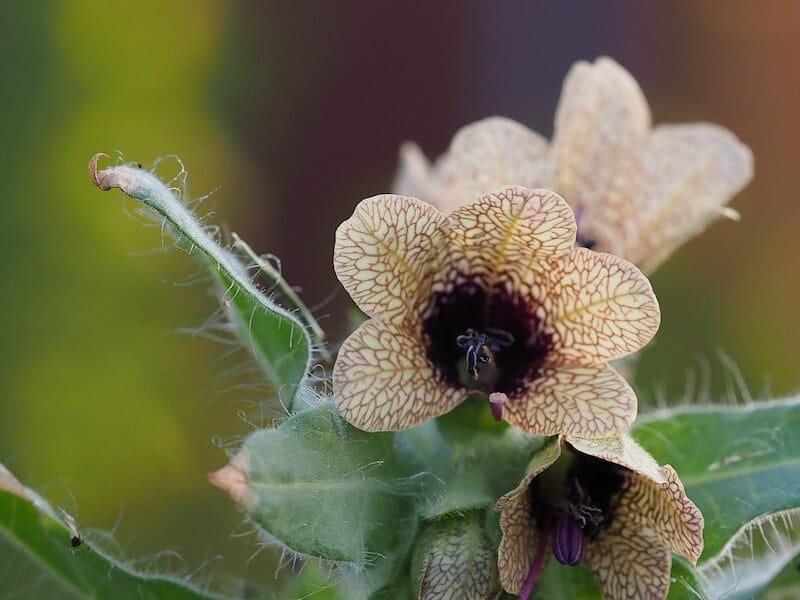
The Henbane is also known as the stinking nightshade or black henbane has psychoactive properties that would cause visual hallucinations, dilated pupils, restlessness, flushed skin, vomiting, slow and fast pulse, hyperpyrexia, and ataxia. Most of the plant parts are toxic and proven fatal both to humans and animals in low dosages.
Lily of the Valley ( Convallaria Majalis )
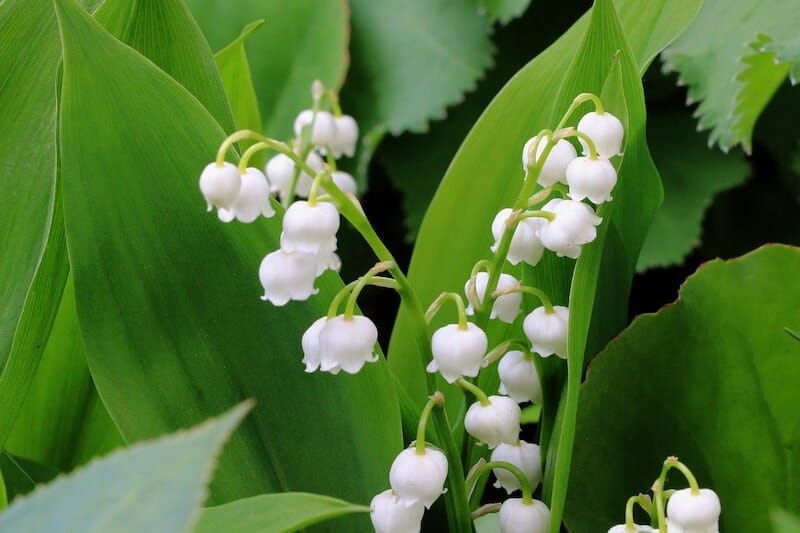
The Lily of the valley or Convallaria majalis is also known as the Lily of the valley and Mary’s tears. From folklore beliefs when Mary cries the droplets become Lily of the valley. All parts including the berries are highly poisonous containing almost 38 different cardiac glycosides.
Angel’s Trumpets ( Brugmansia )
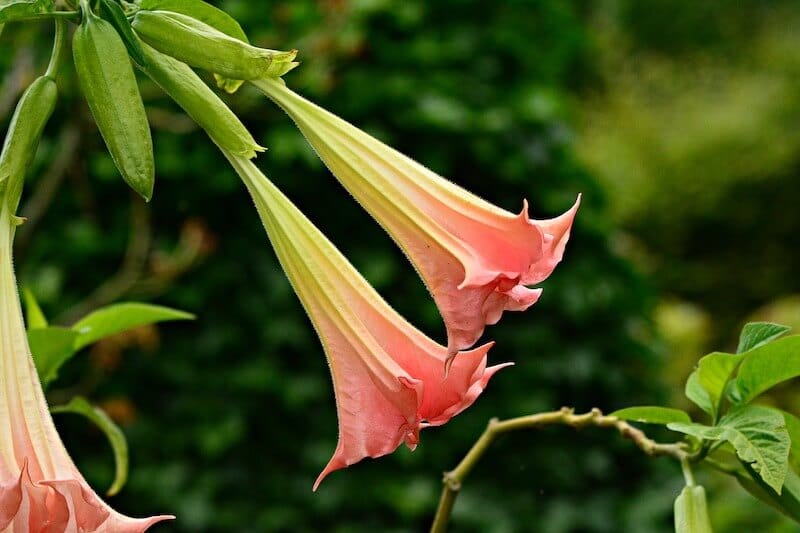
The Brugmansia is also known as Angel’s Trumpets which contain dangerous levels of poison and may be fatal if ingested both by humans, animals, including livestock and domesticated pets. Avoid contact with the eyes as it could cause pupil dilatation, known as mydriasis that could result in unequal pupil size.
Caper Spurge ( Euphorbia Lathyris )
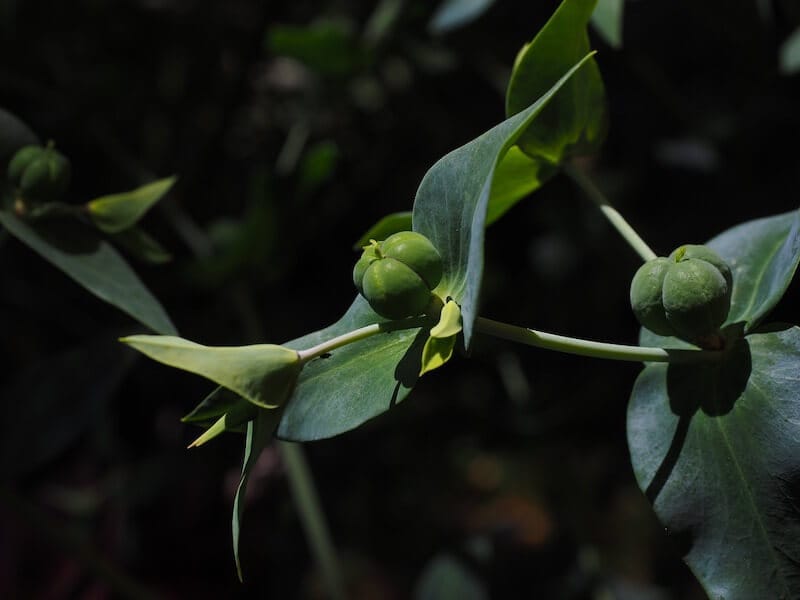
The Euphorbia lathyris is also known as Euphorbia Lathyris or Caper Spurge, Paper Spurge, Gopher Spurge, Gopher Plant, or Mole Plan. Most of the plant parts including the seeds and roots are poisonous. The plants contain latex substances that could cause skin irritation while Livestock such as goats is immune to the toxin. drinking goat milk that feeds on the plants should be avoided as the toxin get a pass on its milk.
Wolf’s Bane ( Aconitum )
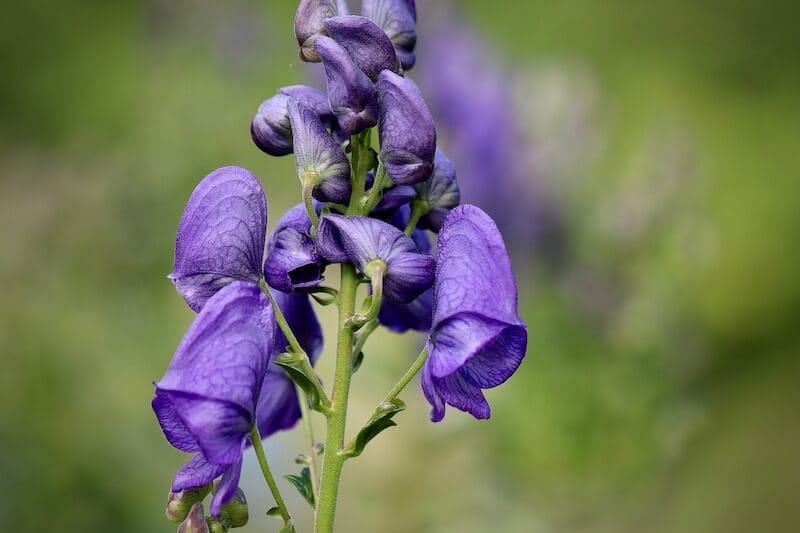
The Aconitum is popularly known as aconite, monkhood, wolfsbane, leopard’s bane, women’s bane, Devil’s helmet or blue rocket contains Nepalese poison with high levels of alkaloid. The Minaro, Chinese as well as Japanese Ainu tribes used poison arrows both for hunting and for warfare. Through purification, it creates the aconitine substances which would cause paralysis of the numbs, nerves resulted in anesthetic effect in the skin. The plants when taken internally may result in slow pulse, heart palpitations including high blood pressure variation associated with fast heartbeat accompanied by irregularity.
Opium Flower ( Poppy )
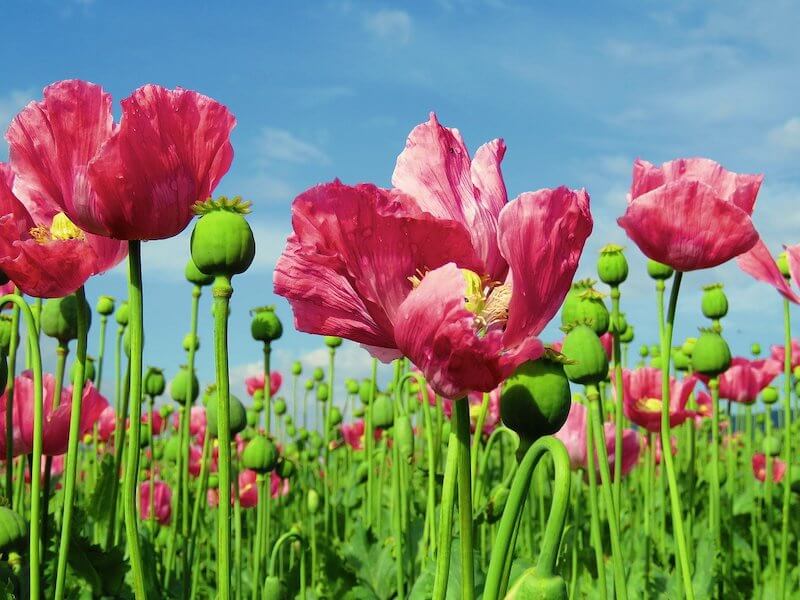
Opium is also known as poppy tears, lachrymal papaverine could contain toxic substances well known as morphine and opiate alkaloid. The latex of the plants when taken internally could cause respiratory difficulties, coma, cardiac or respiratory collapse. While the normal lethal dose of 120 to 250 mg found in approximately two grams of opium and excessive dosage could lead to drug tolerance or physical dependence.
Atropa Belladonna
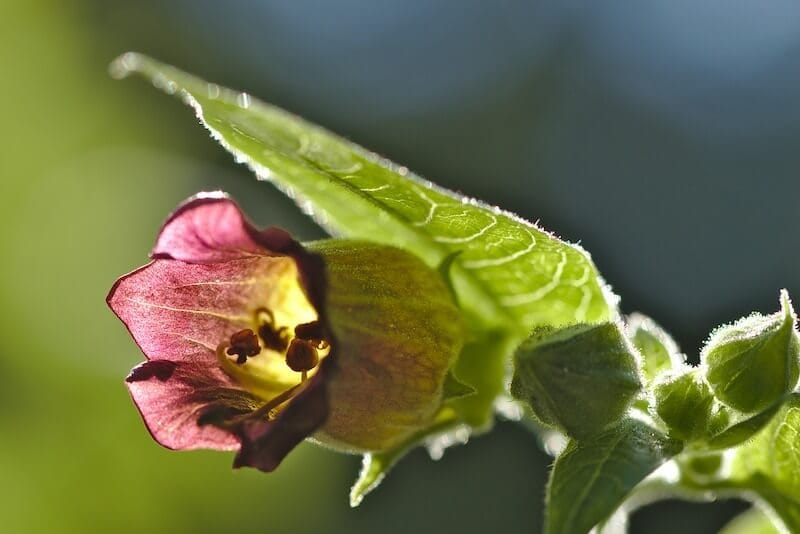
The Atropa belladonna is also known as Deadly Night Shade could be fatal when Ingested both by adults and children and may cause delirium and hallucinations. Ingestion of up to 10 to 20 berries and a single leaf of the plant can be fatal. Symptoms of poisoning were the following as having dilated pupils, sensitivity to light, blurred vision, slow or fast pulse, loss of balance, staggering, headache, rash, flushing, dry mouth, slurred speech, urinary retention, constipation, confusion, as well as convulsions.
Pokeweeds
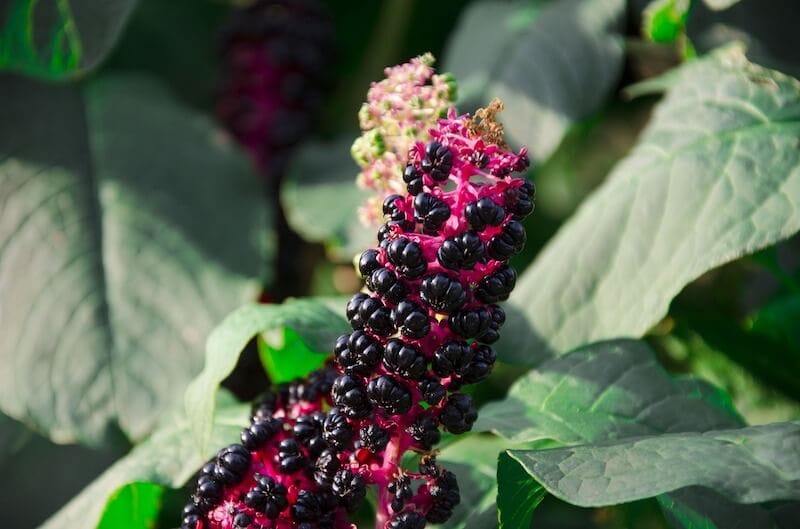
The Pokeweeds are also known as poke, poke bush, pokeberry, pokeroot, Polk salad, Polk salat, Polk sallet, inkberry contains poisonous substances such as phytolaccatoxin and phytolaccigenin. External exposure through direct contact may cause itching, vomiting, dyspnea, perspiration, spasms, severe purging, prostration, tremors, watery diarrhea, and convulsions. In severe cases causes it would cause weakness, excessive yawning, slowed breathing, fast heartbeat, dizziness, seizures, coma as well as death.
Rhododendron
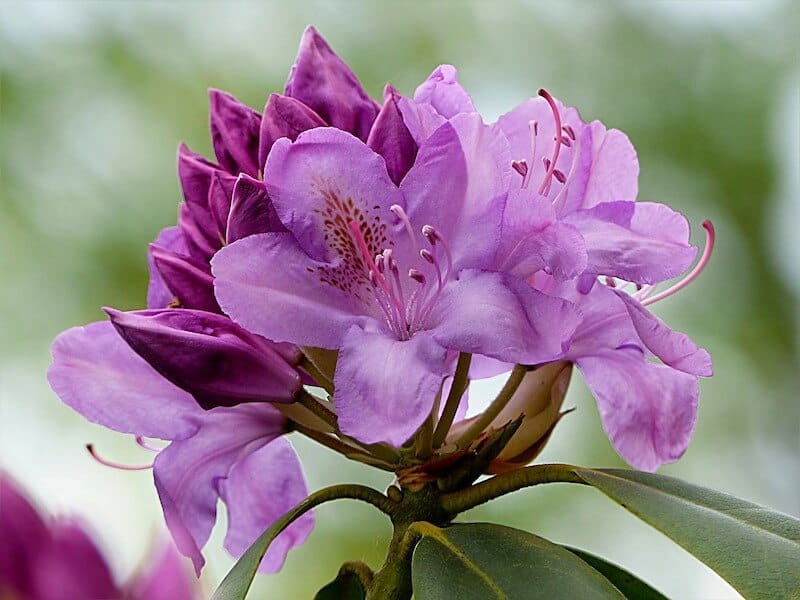
The Rhododendron contains toxic substances such as grayanotoxin in their pollen, while the nectar from honey made by bees feeding on rhododendron and azalea flowers could cause illnesses to humans as well as animals dying within few hours after ingestion. The symptoms of poisoning include hallucinogenic and laxative effects.
Yellow Jasmine ( Gelsemium Sempervirens )
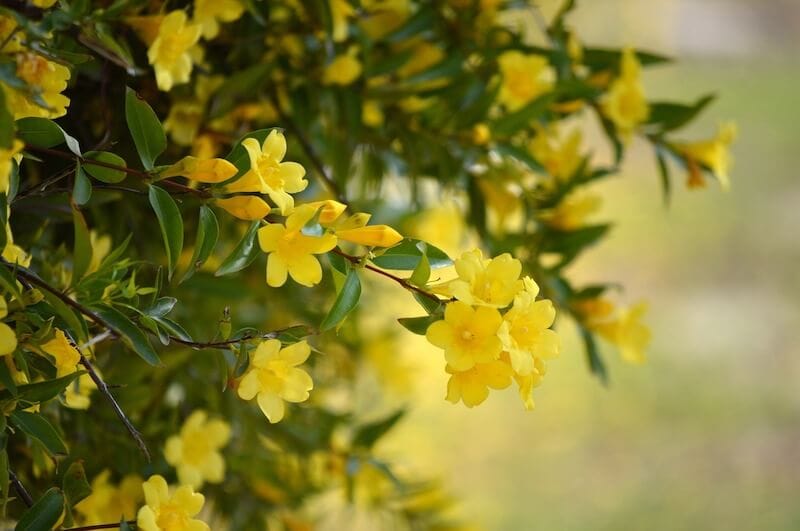
The Yellow Jasmine or Gelsemium sempervirens plant contains toxic strychnine related to alkaloids gelsemine and gelseminine. Substances found in the sap of the plants may cause skin irritation in sensitive individuals. Children who happen to mistake this flower for honeysuckle have known to had been poisoned upon sucking the nectar from the flower. The nectar is also proven toxic to honeybees.
Ranunculus
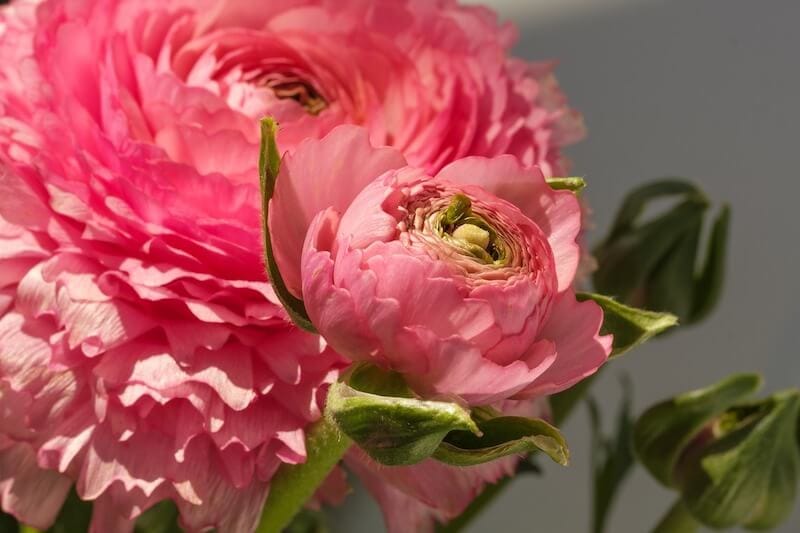
Ranunculus are also known as buttercups, spearworts, water crowfoots, and celandine. The plant’s parts are a source of food for the larvae of some Lepidoptera species which includes the Hebrew Character and Small Angle Shades. The plants themselves are popular ornamental flowers in horticulture technology for their colorful flowers. All parts of the plants are considered toxic both to humans even to animals. The symptoms of poisoning include bloody diarrhea, excessive salivation, colic, and severe blistering that affect the mucous membranes and gastrointestinal tract.
Sweet Pea
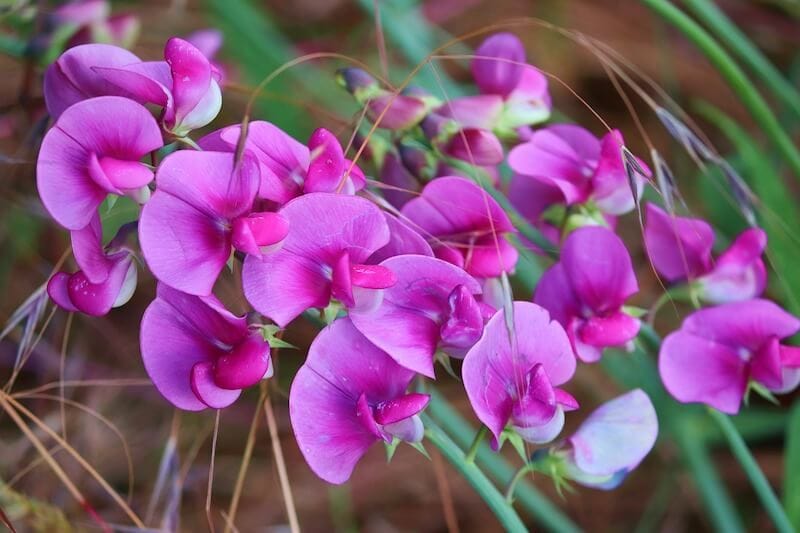
The Sweet Pea is also known as Lathyrus Odoratus belonging to the legumes family. The name could be misleading unlike the edible pea which could be eaten, the sweet pea is the actual opposite as the plant parts contain toxic substances. Some variety of sweet pea such as the Lathyrus sativus could be consumed in minimal amounts but not advisable to be taken as a regular part of the diet could cause lathyrism. Under experimentation rat who feed on the sweet pea seed develops enlarged adrenals, skin tissues damage, scurvy, and copper deficiency.
Azalea
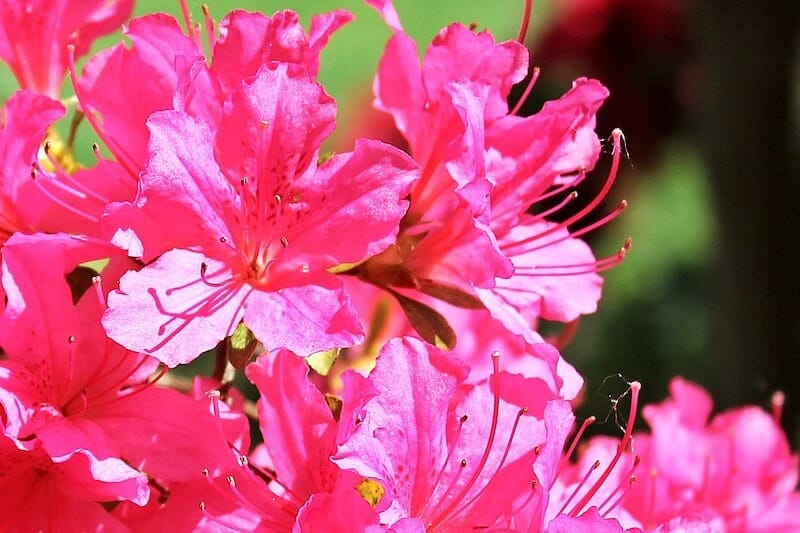
Azaleas belong to the flowering shrubs species of Rhododendron which includes the typical deciduous Pentanthera and evergreen Tsutsuji. Azalea is also the birth flower of those born under the astrology of Sagittarius. In Korea, they made wine from its blossom called Tugyonju. The Azalea plants are very harmful to animals especially to goats, sheep, and horses except for domesticated dogs and cats.
Milkweed
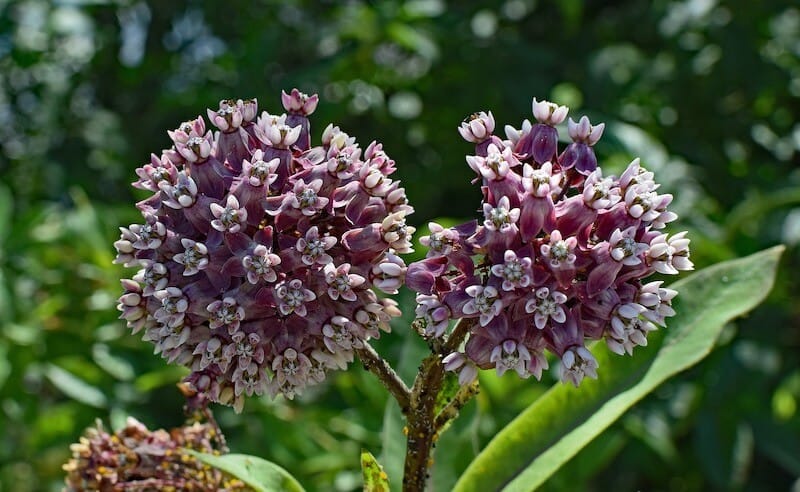
The Milkweeds is popularly known as Asclepias produces and when purify also contain toxins such as alkaloids, latex, and cardenolides. The substances are proven toxic both to humans and animals. In South America and Africa, natives used arrow poison with glycosides to fight and hunt more effectively. The milky sap when ingested by animals may cause death, mild dermatitis. Though its Milkweed sap could also be a useful remedy as to treatment for poison ivy.
Purple Vipers ( Echium Plantagineum )
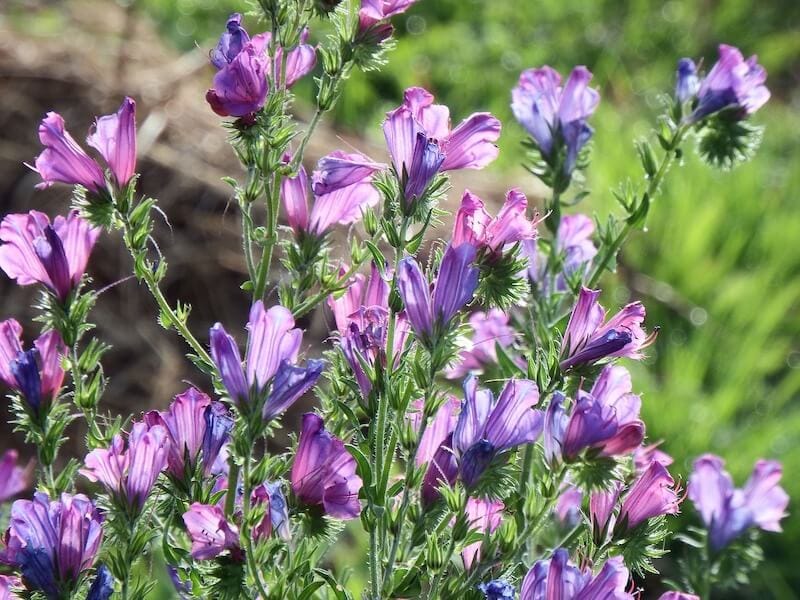
The Echium is known as Purple Viper’s Bugloss belonging to the Echium family and commonly grown in southern Europe, Northern Africa, southwestern Asia, and United States. The plants contain the toxic pyrrolizidine alkaloids poisonous to grazing animals such as horses. The liver is damaged and may be fatal often end up in death.
Milk Thistle ( Silybum Marianum )
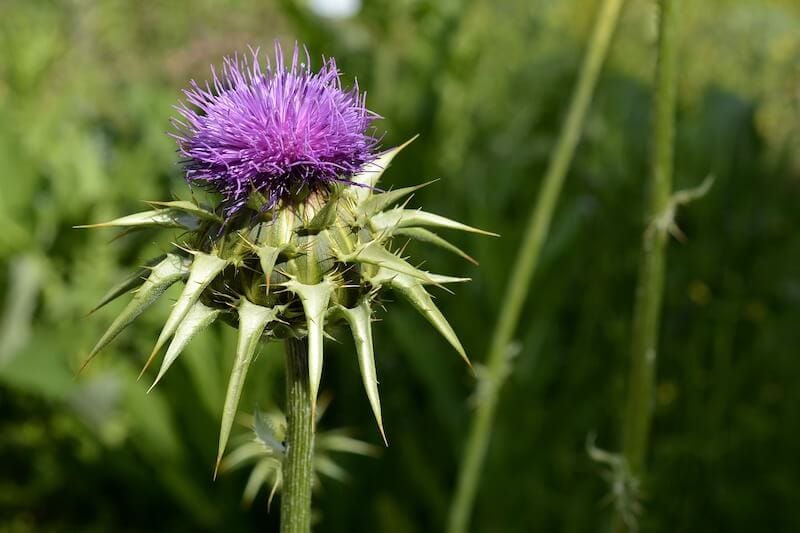
The Silybum Marianum is also known as milk thistle, Marian thistle, Mary thistle, Saint Mary thistle, variegated, and the Mediterranean belonging to the species of Asteraceae family.
The plants contain a high amount of toxic known as potassium nitrate content and consider harmful both to humans and animals especially cattle and sheep. The symptoms of poisoning include oxygen deprivation in the body.
Knapweeds ( Centaurea )
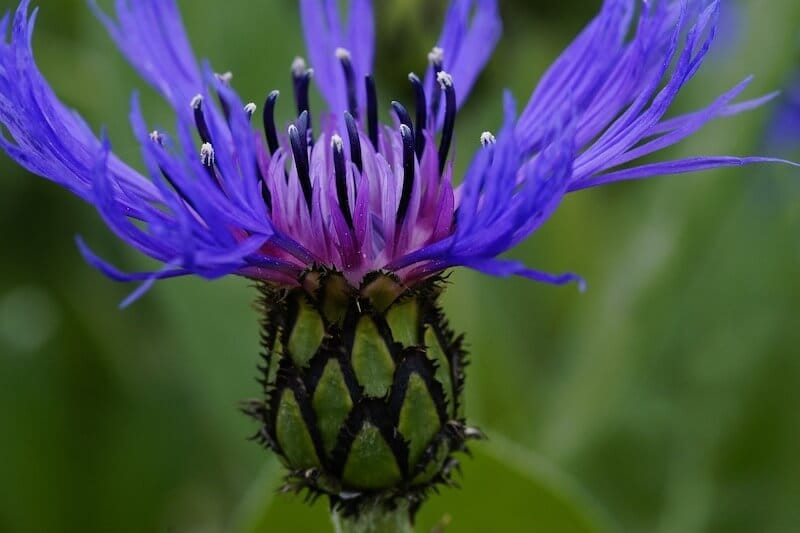
The Centaurea is commonly known as star thistles, knapweeds, centaureas, and bluets are grown in the Eastern Hemisphere, the Middle East, and its surrounding regions. Some variety produces harmful toxins containing allelopathic that dwarfed many plants. The plants are also poisonous to horses.
